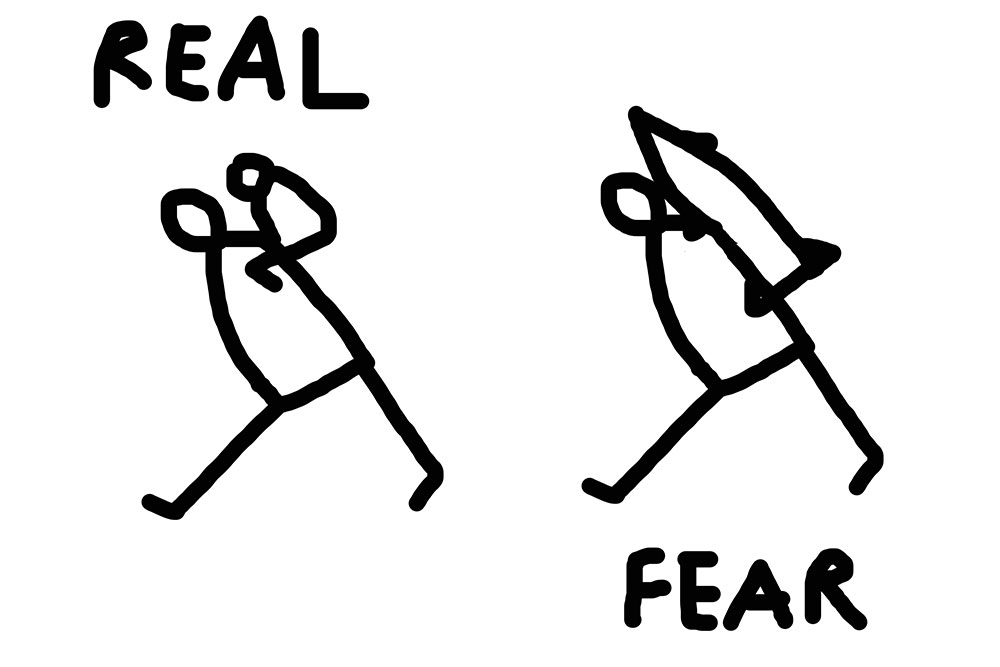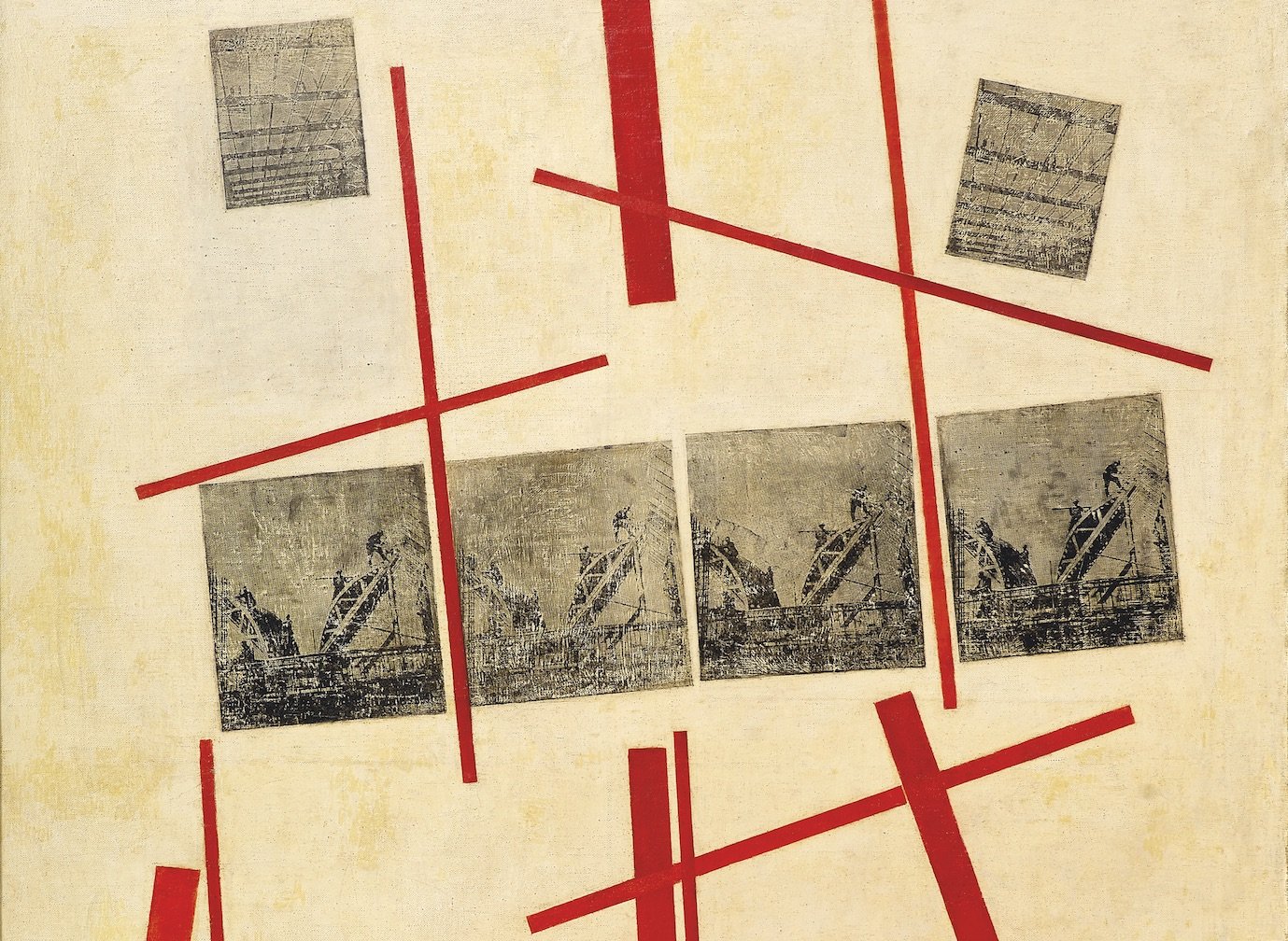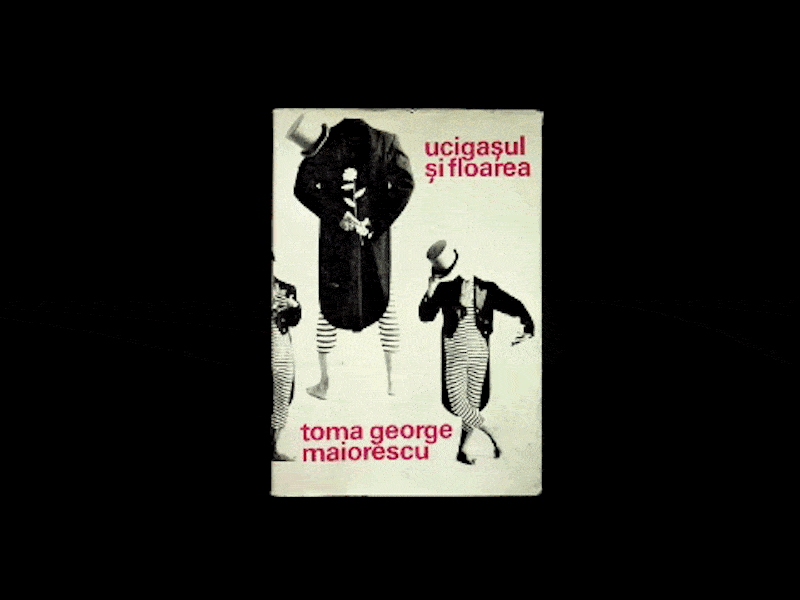How one Romanian artist is reinventing Orthodox icons for the capitalist world
After a career in journalism, Ionuț Dulămiță started doing art as therapy. Then he went back to the social causes he cared about and explored them in a new form of iconography.
Ionuț Dulămiță had been working as a journalist for 10 years when he first tried his hand at drawing, mainly because he wanted to impress a date. Their relationship broke up after a few months, but Dulămiță kept one hand on his sketchbook. Before long, he was using art as a form of therapy. “Drawing calmed me down, like an antidepressant,” he says. Soon, he was experimenting with painting and colour, something he found even more healing. “I wasn’t interested in what the works looked like,” Dulamita says. “I only pursued emotional release.”
Today, Dulămiță’s artwork is still charged with that emotion. His pieces transform the style seen on Christian Orthodox icons into satirical comments on modern society, challenging both Romania’s religious and economic mainstream. Old biblical scenes suddenly appear within a capitalist framework. In one, Adam and Eve are cast out of heaven and sent out “To Work!”. In another, a supermarket worker carries Christ’s cross, both helped and subdued by a watchful line manager. Both are under the gaze of a much larger and unfriendly Pontius Pilate, who appears as a customer, a sausage in his hands in place of a sceptre.
“I wasn’t interested in what the works looked like”
Well-known political figures including Donald Trump and Greta Thunberg also appear, as well as marginalised communities: queer people, or homeless people searching for food in bins. Mixing oil paints, acrylics, collage, and drawing, Dulămiță’s icons are as busy and eclectic as newspaper front pages, but have unsurprisingly been dubbed as blasphemous by religious conservatives.
Dulămiță disagrees, as do the young, urban Romanians who have embraced his work. The artist says that the works merely continued what he had started as a reporter. “After using art to cleanse myself of a number of things, I started wanting to make things that would carry meaning for others, and not just for myself. I transferred the themes I was interested in as a journalist — marginalisation, poverty, discrimination, the environment — into my paintings.”
While he was still experimenting, Dulămiță had discovered a community of creators he identified with: outsider artists. The group is defined as being for those without a formal art education; those who by circumstance, rather than choice, find themselves outside mainstream cultural institutions and structures. Also known as art brut, the movement began in post-war Europe, encompassing many artists struggling with mental health issues. “I am fascinated by their explosion of colour and strange spirituality,” Dulămiță says.
Dulămiță was particularly inspired by self-taught artists like Adolf Wölfli, with his minute totemic works, Henry Darger’s violent, busy socio-political images, or William Hawkins’s reinvented religious motifs. He found both self-confidence and inner freedom thanks to his own alternative cannon. As time went on, he also began to aspire to more established creators, like revolutionary Mexican painter Diego Rivera, Weimar Germany’s portraitist Otto Dix, and the neo-expressionist French-American artist Jean Michel Basquiat.
In the past six years, Dulămiță has participated in a show in a social centre in Berlin, and has had his own personal exhibition at a cafe in Bucharest, where he is based. He has given up on his journalistic career but still writes from time to time. Instead, he has opened an opticians with a friend, which he hopes to make into a place that helps people see “both physically and spiritually”, by supplementing it with an adjacent arts centre and a studio.
Dulămiță says that he is done with icons, at least for now. But he is sticking to his socio-political themes. His next show, organised by Arta Libera in Berlin, will consist of works based on similar techniques, brought together by another global theme close to Dulămiță’s heart: the suffering of animals under climate change.
“I still want to transmit emotions,” Dulămiță says, “but I want them to carry a socio-political fingerprint.”


